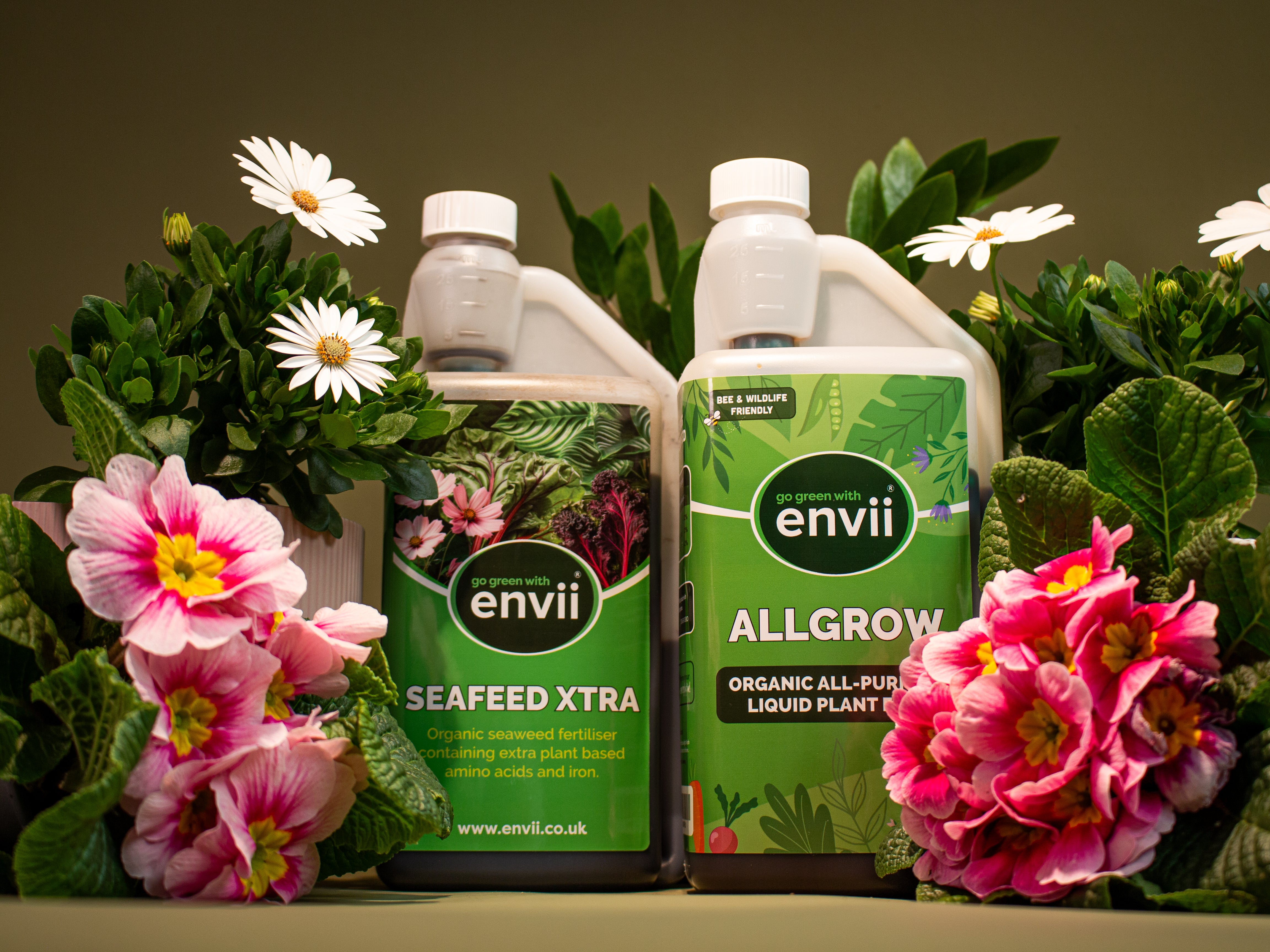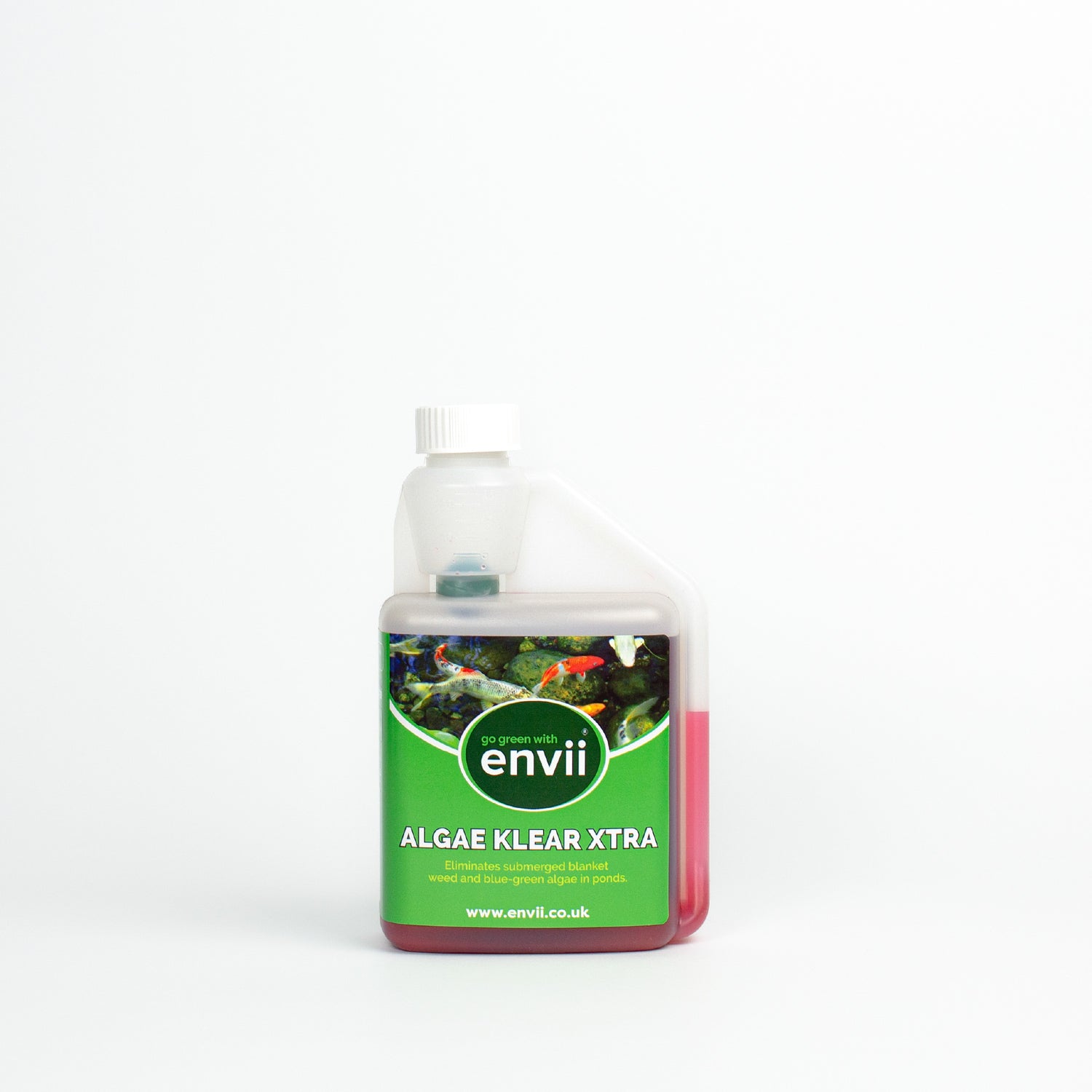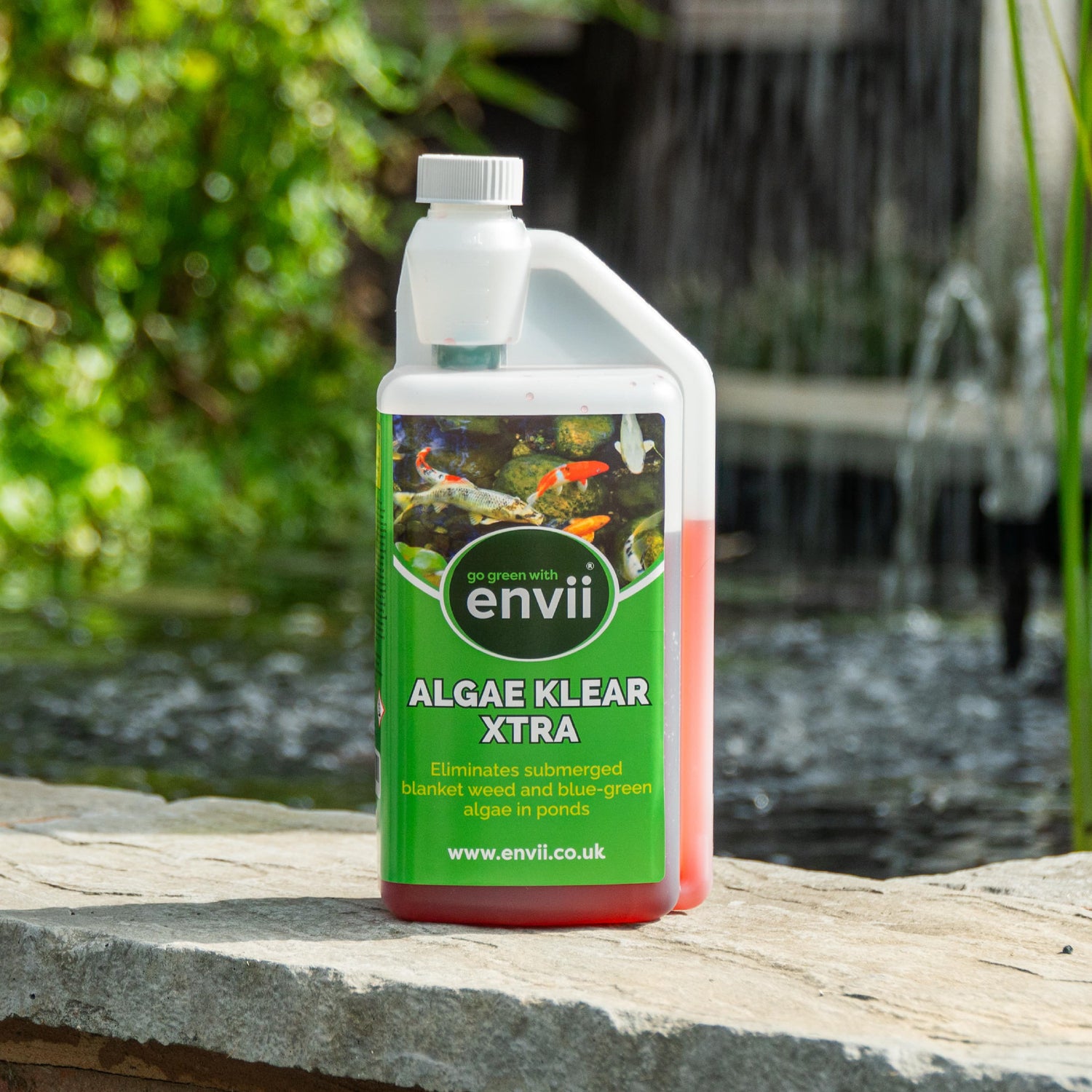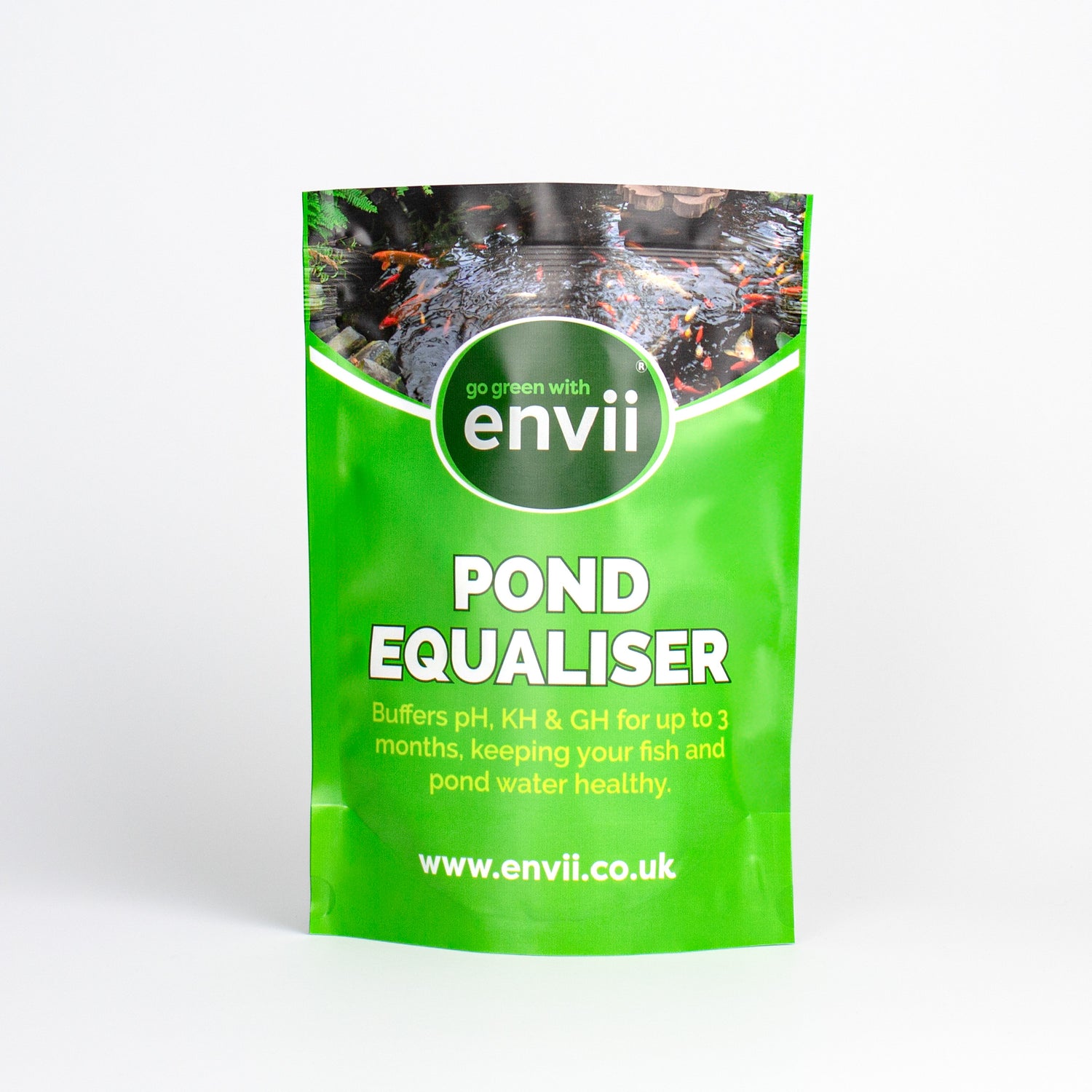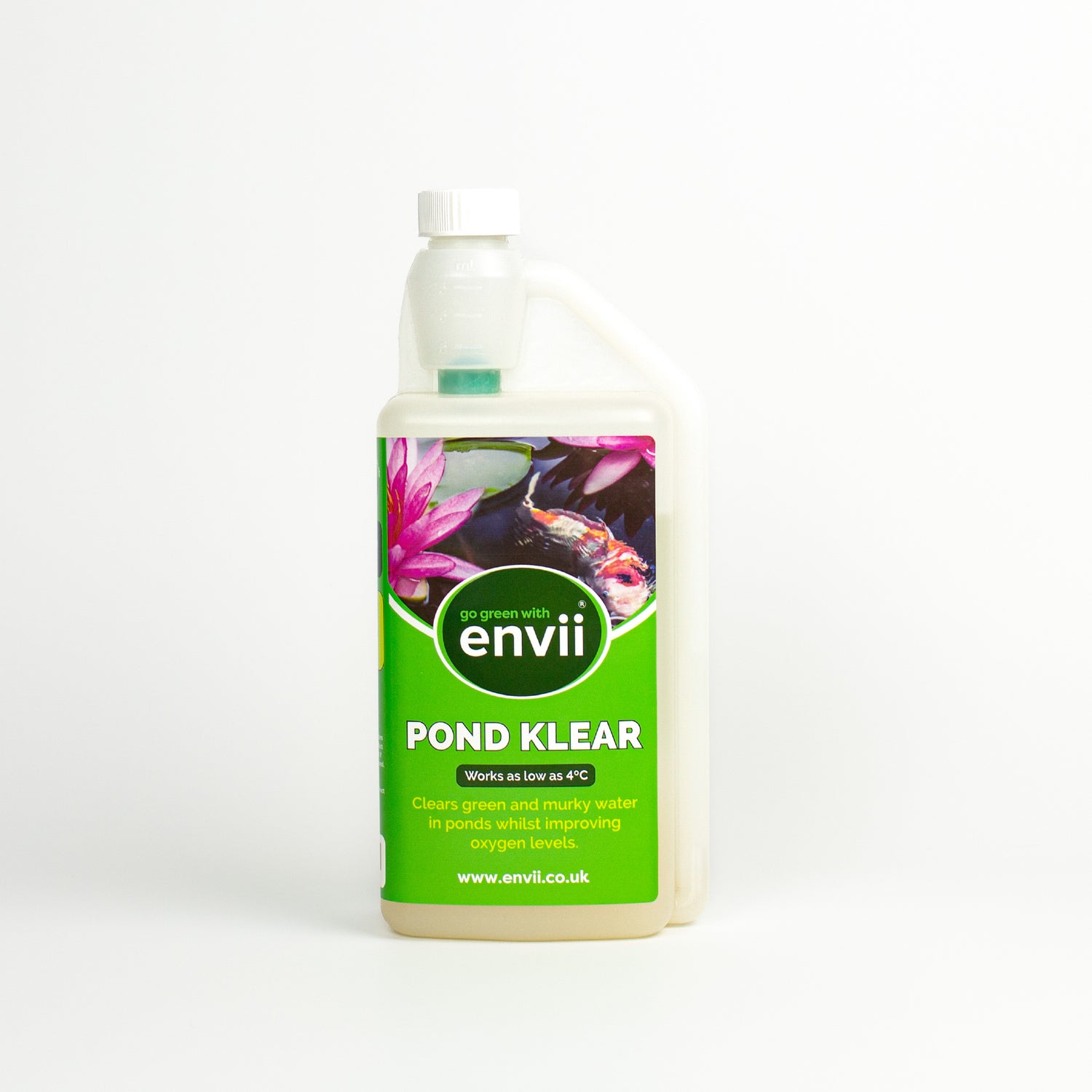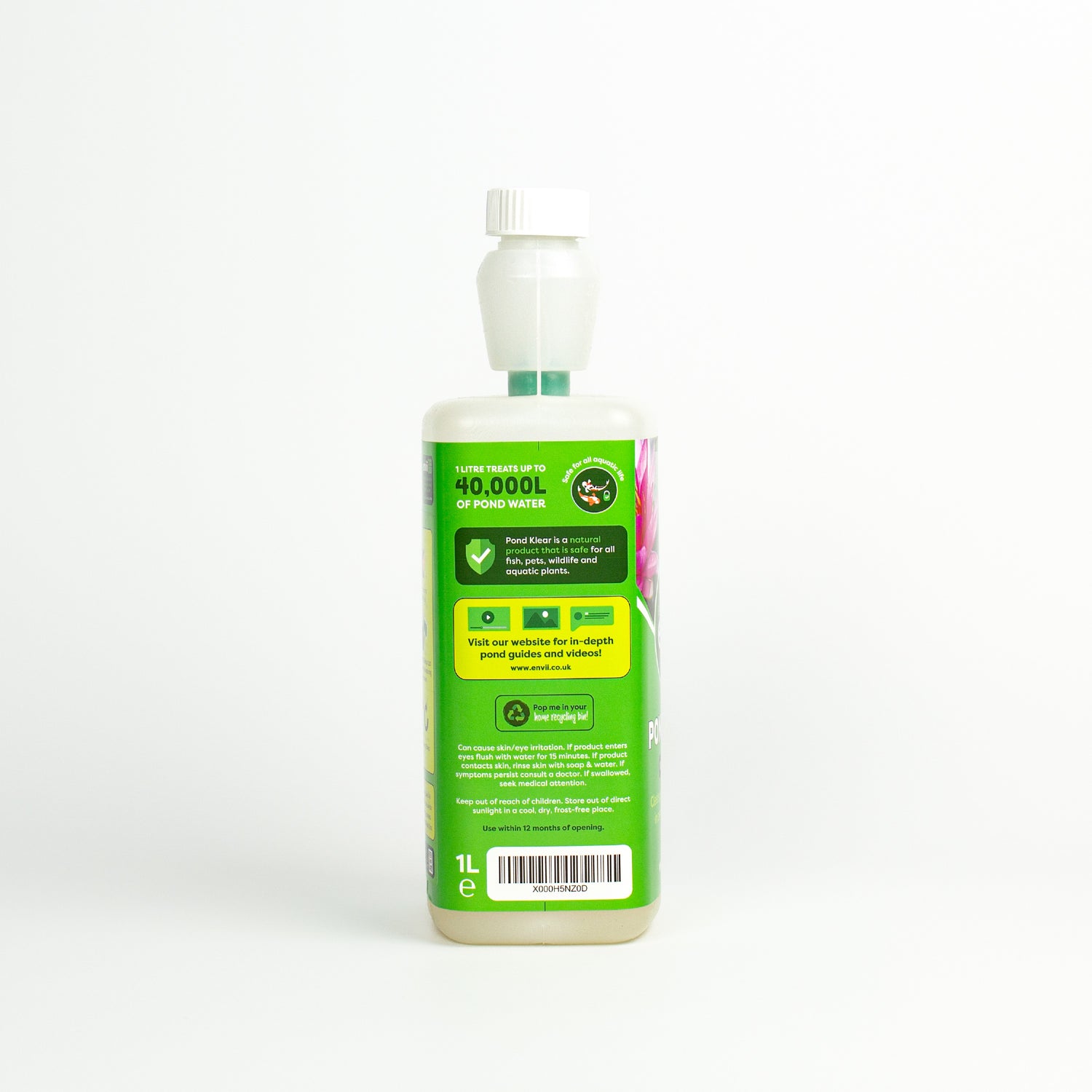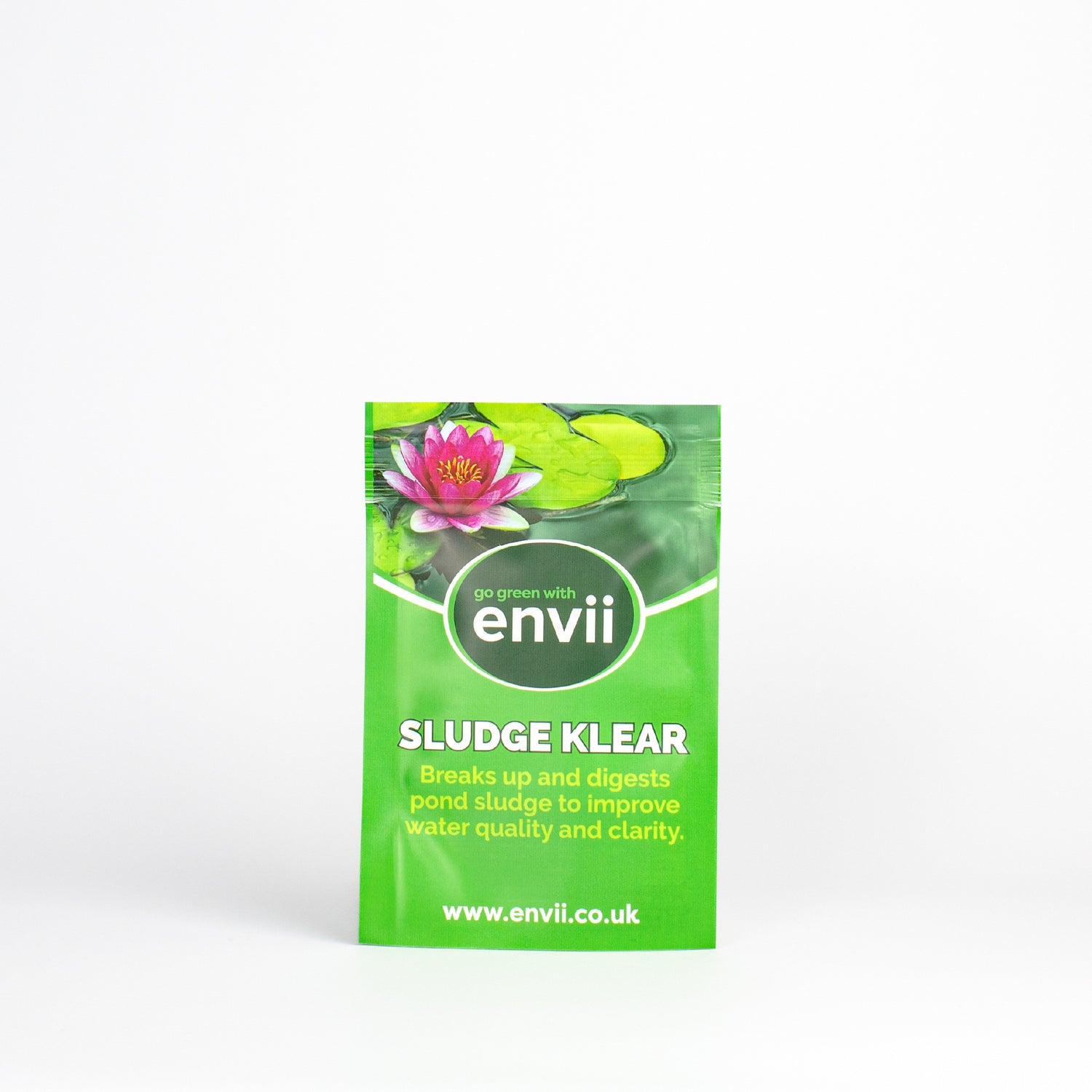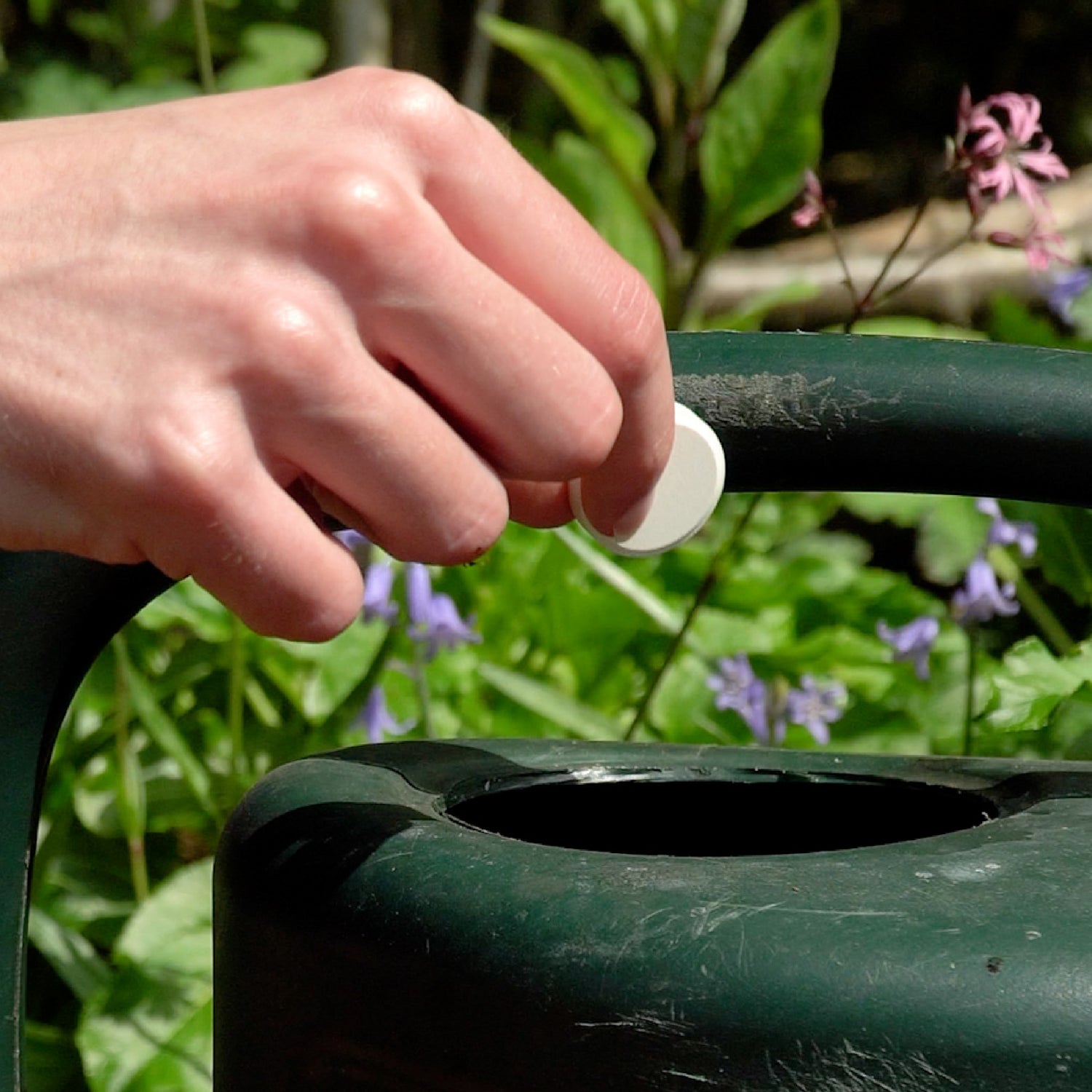The tree leaves have shifted from vibrant green to warm orange and there’s a sudden chill in the air, meaning the autumn season has arrived.
Autumn is a perplexing time for gardening. The arduous work throughout spring and summer fades away and the hopeful wait for the next season’s flower blooms and harvesting commences.
As a pond keeper, you’re no different in this respect. You toil all year to fight off algae and keep your pond in the best condition, only to be bombarded with algae come spring.
Luckily, with a little maintenance over the coming autumn months, you can avoid this, meaning you can look forward to a healthy pond at the first sign of spring!
Read on to discover the autumn pond maintenance needed to keep your pond clear and in top condition throughout winter.
What happens if you don’t care for the pond over autumn?
Without any care or maintenance, an autumn pond will begin to look far from appealing and even become dangerous to the aquatic life that calls it home.
By failing to clear unwanted organics such as leaves, twigs, and fish waste, a layer of sludge will begin to form at the bottom. Whilst frogs and newts love to lay in this sludge, if left untreated, it can cause an imbalance in the water and even make it poisonous to wildlife and fish.
This is due to the hydrogen sulphide (H2S) gas produced by the anaerobic bacteria inside the sludge.
Additionally, your pond parameters could become unbalanced during this time.
Why are healthy water parameters essential for garden ponds?
If the water parameters are correct in terms of pH and KH (carbonate hardness), you will provide a healthy environment for aquatic wildlife, fish, and beneficial bacteria.
If these water parameters become unbalanced in autumn, beneficial probiotic bacteria will struggle to survive, fish and wildlife death may occur, and algae blooms will likely happen come spring.
Parameters may flux during autumn due to organics finding their way into your pond during autumn and winter – but we’ll explore this in more detail later, including how to clean your pond!
Essential Autumn Pond Care Tasks
The main priority for any pond owner throughout the year should be keeping their pond water healthy.
To keep your garden pond healthy throughout autumn, we recommend you carry out the following maintenance tasks as part of your autumn and winter pond care maintenance:
Check your water quality
After a spring and summer of algae, acidic rain, and fish waste your pH and KH levels will need adjusting.
The pH should be between 7.5 & 8.5 and the KH level should be above 5 – to test your water, you can buy a water quality testing kit or take a water sample to your local garden centre.
Or you can use Pond Equaliser to instantly stabilise the pH between 7.5 & 8.5 and KH above 5. Pond Equaliser will also remove any ammonia and heavy metals to create a safe and healthy environment for fish, wildlife, and beneficial probiotic bacteria.
Add bacteria
Add good quality, probiotic bacteria. Unlike most other pond bacterial treatments, our products contain bacteria strains selected for their ability to work effectively at temperatures below 8°C. This makes them excellent to use all year round.
We recommend using Pond Klear for smaller ponds and Lake Klear for larger ones. You could also use Winter Pond Treatment for the colder winter months. The task-specific probiotic bacteria within these products work to slowly digest debris and unwanted organics to reduce the toxic H2S levels.
Tend to plants
Prune back any pond plants and remove any floating debris from the pond; this debris can be deposited in a compost heap as it’s high in nitrogen and other essential nutrients for plant growth.
Don’t forget to remove fading leaves from any plants near your pond – this prevents them from falling in and decomposing, which will pollute the water.
Important – check for any wildlife that may be hibernating when removing aquatic plants or sludge; newts and frogs will hibernate in sludge and dragonfly larvae can lie dormant in plants for several months.
When you remove any debris or plants from a pond, leave them at the side for a couple of hours to allow any wildlife to make its way back to the pond.
For more guidance on how to tend to your aquatic plants, take a look at our Pond Plants Guide.
Cover your pond
Cover your pond with a net to catch leaves and twigs; leave gaps around the edge to allow wildlife to get in and out of the pond.
Any frogs and newts that may be hibernating at the bottom of the pond will be ready and waiting to eradicate pests like slugs and snails in the spring.
Put your fish on a diet
Feed your fish less and less as the temperature drops or consider switching to a low-protein food. As temperatures drop, fish tend to eat less and stop feeding.
If you continue feeding them, the wasted food will only break down and release nutrients into the water, feeding any algae and adding to the layer of sludge at the bottom.
Give your pond a deep clean
If you have a filter, clean it thoroughly in autumn to remove any trapped algae or debris.
Then, clean it monthly throughout autumn and winter. Trust us, this will save you a much larger cleaning task come spring!
Be sure to check out our tutorial (on the left) that fully explains how to clean pond filters without harming the balance of your pond water.
Keep the water flow moving slowly
Keep your pond filter and pump running all year; they will continue to remove debris and help to keep the pond free from ice during winter. If possible, turn the flow rate down during the colder months to prevent the water temperature from decreasing further.
Keeping your pond from freezing over is vital, as ice can restrict the availability of oxygen for fish and can even seal in the toxic gases released from decaying organics.
Additionally, ensure your pond liner is flexible as rigid pond liners may crack if the water freezes and expands.
Check your water quality, again…
Most important of all, get the water parameters right to increase the pond’s biological self-cleaning ability, as this will reduce the amount of work required in spring and summer.
Pond keeping isn’t a case of good and bad luck – there are key things you should know to achieve clear and healthy water. Discover the common reasons why ponds go green in spring for more information.
Check out our Autumn pond care blogs
Autumn pond maintenance can be tricky given all the preparation you need to do, especially if you need to tend to your garden, too!
We thought we’d share our expertise with you to make the process easier and ensure you don’t forget anything!
For more advice, take a look at our entire range of pond maintenance blogs and tips or call us today for advice on which pond products you could benefit from this autumn.
Still need help? Feel free to get in contact with our friendly customer service team here!
Share
